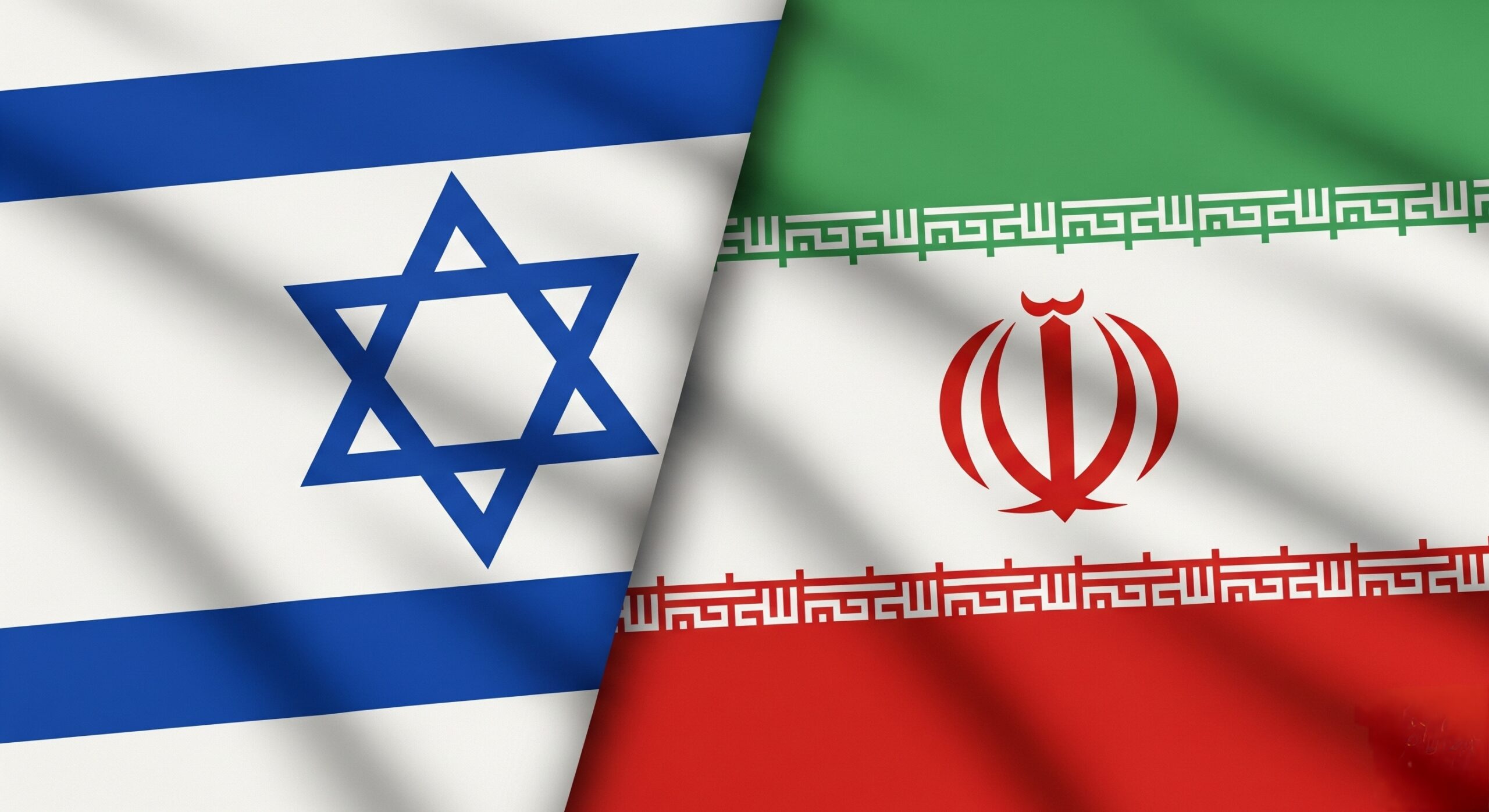The Middle East has long been a region of tension, but in June 2025, the conflict between Israel and Iran has reached a dangerous new peak. What began as a decades-long rivalry marked by proxy wars and covert operations has erupted into direct military confrontation, raising fears of a broader regional war. With both nations trading missile strikes, targeting critical infrastructure, and issuing fiery rhetoric, the world watches anxiously as global powers, including the United States, grapple with how to respond. This article explores the roots of the Israel-Iran conflict, the events fueling its escalation in 2025, the key players involved, and what it means for the Middle East and beyond—all in a way that’s easy to understand for readers of all backgrounds.
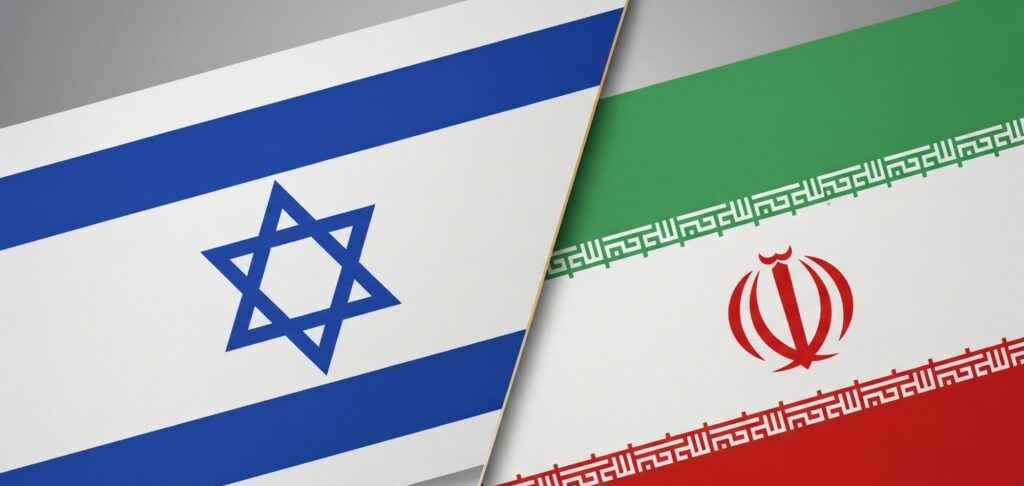
𝗧𝗵𝗲 𝗥𝗼𝗼𝘁𝘀 𝗼𝗳 𝘁𝗵𝗲 𝗖𝗼𝗻𝗳𝗹𝗶𝗰𝘁: 𝗔 𝗟𝗼𝗻𝗴𝘀𝘁𝗮𝗻𝗱𝗶𝗻𝗴 𝗥𝗶𝘃𝗮𝗹𝗿𝘆
To understand why Israel and Iran are at odds today, we need to look back at their history. Before Iran’s 1979 Islamic Revolution, the two countries had friendly ties, sharing common interests like countering Soviet influence and Arab nationalism. However, the revolution transformed Iran into an Islamic Republic under Ayatollah Khomeini, who adopted an anti-Israel stance, viewing it as an oppressor of Palestinians and a U.S. ally. Iran began supporting groups like Hezbollah in Lebanon and Hamas in Gaza, which it calls the “Axis of Resistance,” to challenge Israel’s influence. Israel, in turn, sees Iran’s support for these groups and its nuclear ambitions as existential threats.
Over the decades, this rivalry played out through proxy wars in Syria, Lebanon, and Yemen, as well as cyberattacks and assassinations. Israel has repeatedly targeted Iran’s nuclear facilities, fearing a nuclear-armed Iran could threaten its survival. Iran, meanwhile, accuses Israel of aggression and supports Palestinian causes to gain influence among Arab and Sunni populations. Both nations have avoided direct war until recently, preferring to fight through allies or covert actions.
𝗧𝗵𝗲 𝗦𝗽𝗮𝗿𝗸: 𝗜𝘀𝗿𝗮𝗲𝗹’𝘀 𝗦𝘂𝗿𝗽𝗿𝗶𝘀𝗲 𝗔𝘁𝘁𝗮𝗰𝗸 𝗶𝗻 𝗝𝘂𝗻𝗲 𝟮𝟬𝟮𝟱
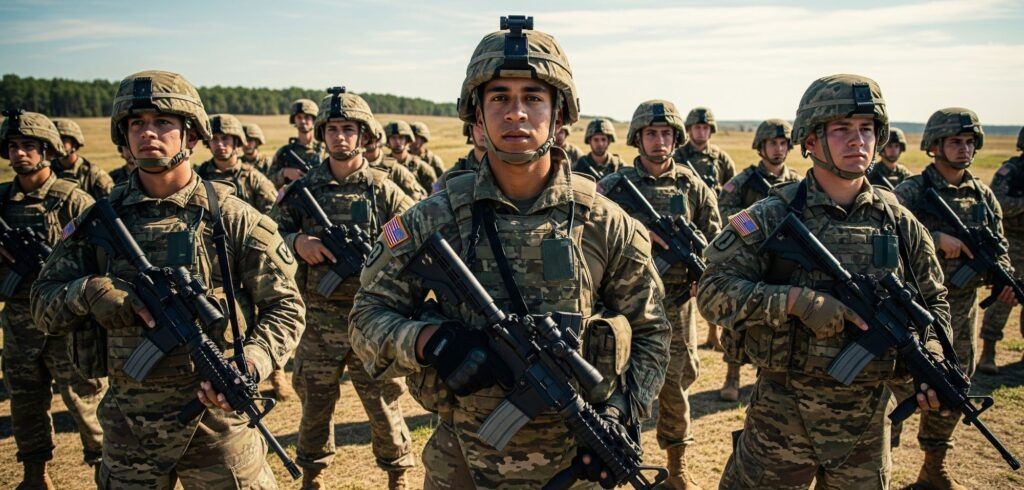
The current escalation began on June 13, 2025, when Israel launched a surprise attack, dubbed “Operation Rising Lion,” targeting Iran’s nuclear facilities, missile sites, and military leadership. The Israeli Defense Forces (IDF) struck over 100 targets, including the Natanz nuclear enrichment site, a research center in Isfahan, and the inactive Arak reactor. The attack killed senior Iranian military figures, including the chief of staff, Maj. Gen. Mohammad Bagheri, and the Islamic Revolutionary Guard Corps (IRGC) commander, Gen. Hossein Salami, along with nuclear scientists. Israel claimed the strikes were necessary to prevent Iran from developing nuclear weapons, citing intelligence that Iran was “months away” from a bomb.
Israeli Prime Minister Benjamin Netanyahu justified the attack, stating it targeted the “heart” of Iran’s nuclear program, which he claimed could produce nine nuclear bombs. However, Iran insists its nuclear program is for peaceful purposes, and the International Atomic Energy Agency (IAEA) has not confirmed Israel’s claims, though it censured Iran in June 2025 for violating non-proliferation obligations by amassing 400kg of highly enriched uranium.
𝗜𝗿𝗮𝗻’𝘀 𝗥𝗲𝘁𝗮𝗹𝗶𝗮𝘁𝗶𝗼𝗻: 𝗠𝗶𝘀𝘀𝗶𝗹𝗲𝘀 𝗥𝗮𝗶𝗻 𝗼𝗻 𝗜𝘀𝗿𝗮𝗲𝗹
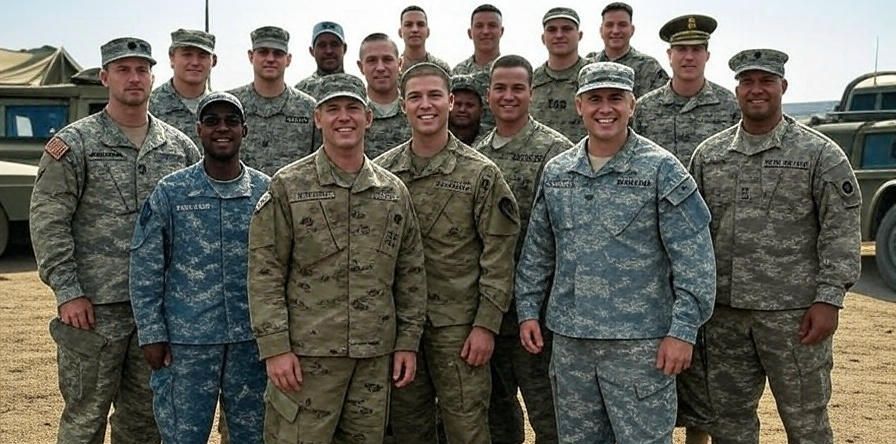
Iran responded swiftly with operation “True Promise 3,” launching over 400 ballistic missiles and drones at Israel since June 13. These struck cities like Tel Aviv, Haifa, and Beersheba, causing significant damage. A missile hit Soroka Medical Center in Beersheba on June 19, injuring 76 people, while strikes in Petah Tikva and Bat Yam killed civilians and damaged residential buildings. Iran’s advanced Haj Qassem missile evaded Israel’s Arrow and Iron Dome defense systems, highlighting its growing military capabilities. Iran’s Revolutionary Guards claimed their attacks used new methods to overwhelm Israel’s defenses.
Iran’s Supreme Leader, Ayatollah Ali Khamenei, vowed “severe punishment” for Israel, calling the strikes a “declaration of war.” Iran’s health ministry reported 224 deaths, mostly civilians, and over 1,800 injuries from Israeli attacks, while Israel reported 29 deaths and about 900 injuries from Iranian missiles by June 20. The civilian toll on both sides has sparked international outrage and calls for de-escalation.
𝗞𝗲𝘆 𝗣𝗹𝗮𝘆𝗲𝗿𝘀 𝗶𝗻 𝘁𝗵𝗲 𝗖𝗼𝗻𝗳𝗹𝗶𝗰𝘁
𝗜𝘀𝗿𝗮𝗲𝗹
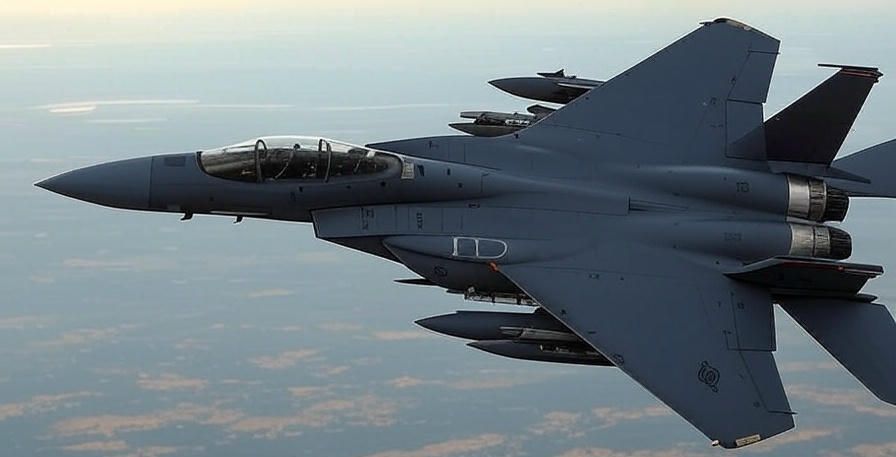
Israel’s military is one of the most advanced in the region, backed by a $20 billion annual defense budget and U.S. support. Its air force has achieved near-total control over Iran’s skies, destroying 120 of Iran’s 360 air defense systems and targeting missile launchers and fuel depots. Israel’s Arrow 3 and Iron Dome systems intercept most incoming missiles, though some, like the Haj Qassem, have penetrated. Israel’s goal is to dismantle Iran’s nuclear program and weaken its military, with Netanyahu hinting at regime change as a secondary aim.
𝗜𝗿𝗮𝗻
Iran’s strength lies in its missile arsenal, estimated at 2,000 ballistic missiles, and its network of proxies, though groups like Hezbollah and Hamas have been weakened recently. Iran’s $10 billion defense budget pales compared to Israel’s, and its air defenses have struggled against Israeli strikes. However, Iran’s ability to sustain missile attacks and its control over the Strait of Hormuz, a key oil chokepoint, give it leverage. Iran seeks to deter further Israeli attacks while avoiding a wider war with the U.S.
𝗨𝗻𝗶𝘁𝗲𝗱 𝗦𝘁𝗮𝘁𝗲𝘀
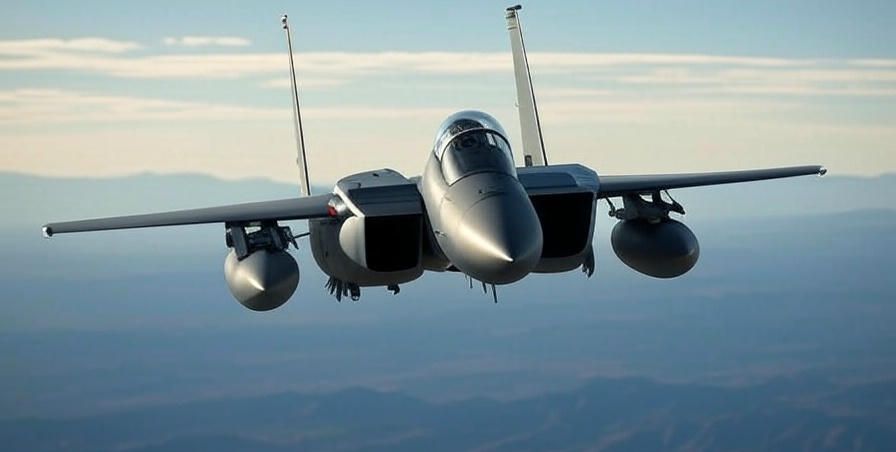
The U.S., Israel’s largest ally, has played a dual role. It has defended Israel by shooting down Iranian missiles using THAAD systems and naval assets, and on June 22, it struck three Iranian nuclear sites—Fordow, Isfahan, and Natanz—with bunker-buster bombs, escalating its involvement. President Donald Trump, who left a G7 summit early to address the crisis, has voiced support for Israel but also pushed for diplomacy, claiming Iran signaled willingness to talk. However, Iran’s attack on the U.S.-run Al Udeid Air Base in Qatar on June 23, with no casualties, raised tensions. Trump has warned Iran against targeting U.S. forces, but his administration is divided on whether to pursue regime change or negotiate.
𝗜𝗿𝗮𝗻’𝘀 𝗣𝗿𝗼𝘅𝗶𝗲𝘀
Iran’s “Axis of Resistance” includes Hezbollah, the Houthis in Yemen, and Iraqi militias. Hezbollah, weakened by Israeli strikes in Lebanon, has been cautious, while the Houthis have fired missiles at Israel, calling U.S. strikes a “declaration of war.” These groups amplify Iran’s reach but are less effective due to recent Israeli operations.
𝗚𝗹𝗼𝗯𝗮𝗹 𝗥𝗲𝘀𝗽𝗼𝗻𝘀𝗲𝘀: 𝗔 𝗗𝗶𝘃𝗶𝗱𝗲𝗱 𝗪𝗼𝗿𝗹𝗱
The conflict has drawn varied reactions from global powers and organizations:
• G7 Summit: At a G7 meeting in Canada, leaders affirmed Israel’s right to self-defense but called Iran the “principal source of instability” in the Middle East. They urged de-escalation and a Gaza ceasefire, reflecting concern for civilian casualties. Trump’s early departure underscored the crisis’s urgency.
• United Nations: UN Secretary-General António Guterres condemned the escalation, calling for restraint. The IAEA criticized attacks on nuclear facilities, warning of dangerous precedents.
• Russia and China: Russia, an Iranian ally, condemned Israel’s strikes as a violation of international law and offered mediation. China, seeking a neutral role, proposed diplomatic efforts to ease tensions. Both see the conflict as a chance to counter U.S. influence.
• Arab States: Saudi Arabia, UAE, and others condemned Israel’s nuclear strikes, advocating for a nuclear-free Middle East. However, their rivalry with Iran limits their support for Tehran.
• Amnesty International: The organization urged both sides to protect civilians, criticizing Israel’s strikes on residential areas and Iran’s missile attacks on Israeli cities. It also warned against internet blackouts in Iran and censorship in Israel.
𝗖𝗶𝘃𝗶𝗹𝗶𝗮𝗻 𝗜𝗺𝗽𝗮𝗰𝘁: 𝗔 𝗛𝘂𝗺𝗮𝗻𝗶𝘁𝗮𝗿𝗶𝗮𝗻 𝗖𝗿𝗶𝘀𝗶𝘀
The human cost of the conflict is staggering. In Iran, Israeli strikes have killed over 224 people, including 74 women and children, and injured 1,800, with attacks hitting residential buildings and a state TV studio in Tehran. In Israel, 29 civilians have died, and nearly 900 are injured, with missile strikes damaging hospitals and homes. Both sides have issued evacuation warnings, but dense populations in Tehran and limited shelters in Israel’s Bedouin communities complicate safety efforts. Traffic jams in Tehran and protests across Iran, Iraq, and Lebanon reflect public fear and anger.
The conflict has disrupted travel, closed airspace, and raised oil prices, with Brent crude hitting $76.37 a barrel due to strikes on Iranian fuel depots. Iran’s control over the Strait of Hormuz threatens global energy markets, risking a wider economic crisis.
𝗪𝗵𝘆 𝗜𝘀 𝗧𝗵𝗶𝘀 𝗛𝗮𝗽𝗽𝗲𝗻𝗶𝗻𝗴 𝗡𝗼𝘄?
Several factors converged to spark this escalation:
1. Iran’s Nuclear Progress: The IAEA’s June 2025 censure and Israel’s claim that Iran was close to a nuclear bomb prompted preemptive strikes.
2. Weakened Proxies: Israel’s successful operations against Hezbollah, Hamas, and Syria’s Assad regime in 2024 left Iran’s “Axis of Resistance” vulnerable, giving Israel a strategic window.
3. U.S. Policy Shift: Trump’s return to office in 2025 signaled stronger support for Israel, emboldening its actions. Failed nuclear talks with Iran further escalated tensions.
4. Domestic Pressures: Netanyahu faces political challenges at home, while Iran’s regime seeks to rally support amid economic woes and past protests.
𝗪𝗵𝗮𝘁 𝗖𝗼𝘂𝗹𝗱 𝗛𝗮𝗽𝗽𝗲𝗻 𝗡𝗲𝘅𝘁?
The conflict’s trajectory depends on several factors:
• Escalation Risks: If Iran intensifies missile attacks or targets U.S. bases, a wider war involving the U.S. and Gulf states could erupt. Israel’s air dominance and U.S. support give it an edge, but Iran’s missiles and proxies could prolong the conflict.
• Nuclear Fallout: Strikes on nuclear sites risk environmental hazards, though no major leaks have been reported. Iran may accelerate its nuclear program in response, potentially leading to a nuclear-armed Middle East.
• Diplomatic Efforts: Iran has signaled willingness to resume nuclear talks through Arab mediators, but Israel’s refusal to halt strikes and Trump’s hardline stance complicate diplomacy. China and Russia’s mediation offers may gain traction if both sides seek an off-ramp.
• Regional Spillover: The Houthis’ attacks and potential Hezbollah involvement could draw in Lebanon and Yemen, while Iran’s threats to target U.S. allies like Qatar and Saudi Arabia raise stakes.
• Economic Impact: A prolonged conflict could disrupt oil supplies, spike energy prices, and destabilize global markets.
Experts suggest Israel’s strikes may set back Iran’s nuclear program by months, or up to two years with U.S. support, but without occupation, regime change is unlikely. Iran’s missile stockpile allows it to sustain attacks for weeks, but its weakened defenses and economy limit its endurance. Both sides face pressure to de-escalate, but ideological commitments and domestic politics make compromise difficult.
𝗪𝗵𝘆 𝗧𝗵𝗶𝘀 𝗠𝗮𝘁𝘁𝗲𝗿𝘀 𝘁𝗼 𝘁𝗵𝗲 𝗪𝗼𝗿𝗹𝗱
The Israel-Iran conflict is more than a regional dispute—it’s a global flashpoint. A wider war could:
• Disrupt 20% of the world’s oil supply through the Strait of Hormuz, triggering economic chaos.Embolden other powers, like Russia and China, to challenge U.S. influence.
• Divert attention from other crises, like the Gaza war, where civilians continue to suffer.
• Risk nuclear proliferation if Iran pursues a bomb or other states follow suit.
• Strain U.S. alliances, as Trump’s base opposes Middle East entanglements.
For ordinary people, the conflict means higher fuel prices, travel disruptions, and the specter of a broader war. For Middle Eastern civilians, it’s a daily struggle for survival amid missile strikes and uncertainty.
𝗖𝗼𝗻𝗰𝗹𝘂𝘀𝗶𝗼𝗻
The escalating conflict between Israel and Iran in June 2025 has pushed the Middle East to the brink. Israel’s surprise attack on Iran’s nuclear and military sites, followed by Iran’s missile barrages, has shattered decades of restrained rivalry, claiming hundreds of lives and threatening global stability. While Israel holds a military edge, Iran’s resilience and proxies ensure a prolonged fight unless diplomacy prevails.
The U.S.’s delicate balancing act, global calls for de-escalation, and the civilian toll underscore the urgency of finding a resolution.As the world watches, the stakes couldn’t be higher. Will cooler heads prevail, or will the Middle East descend into a wider war? For now, the region remains on edge, and the path forward depends on whether Israel, Iran, and their allies choose restraint or escalation. For readers seeking to understand this crisis, staying informed and supporting humanitarian efforts for civilians caught in the crossfire are crucial steps toward a more peaceful future.

